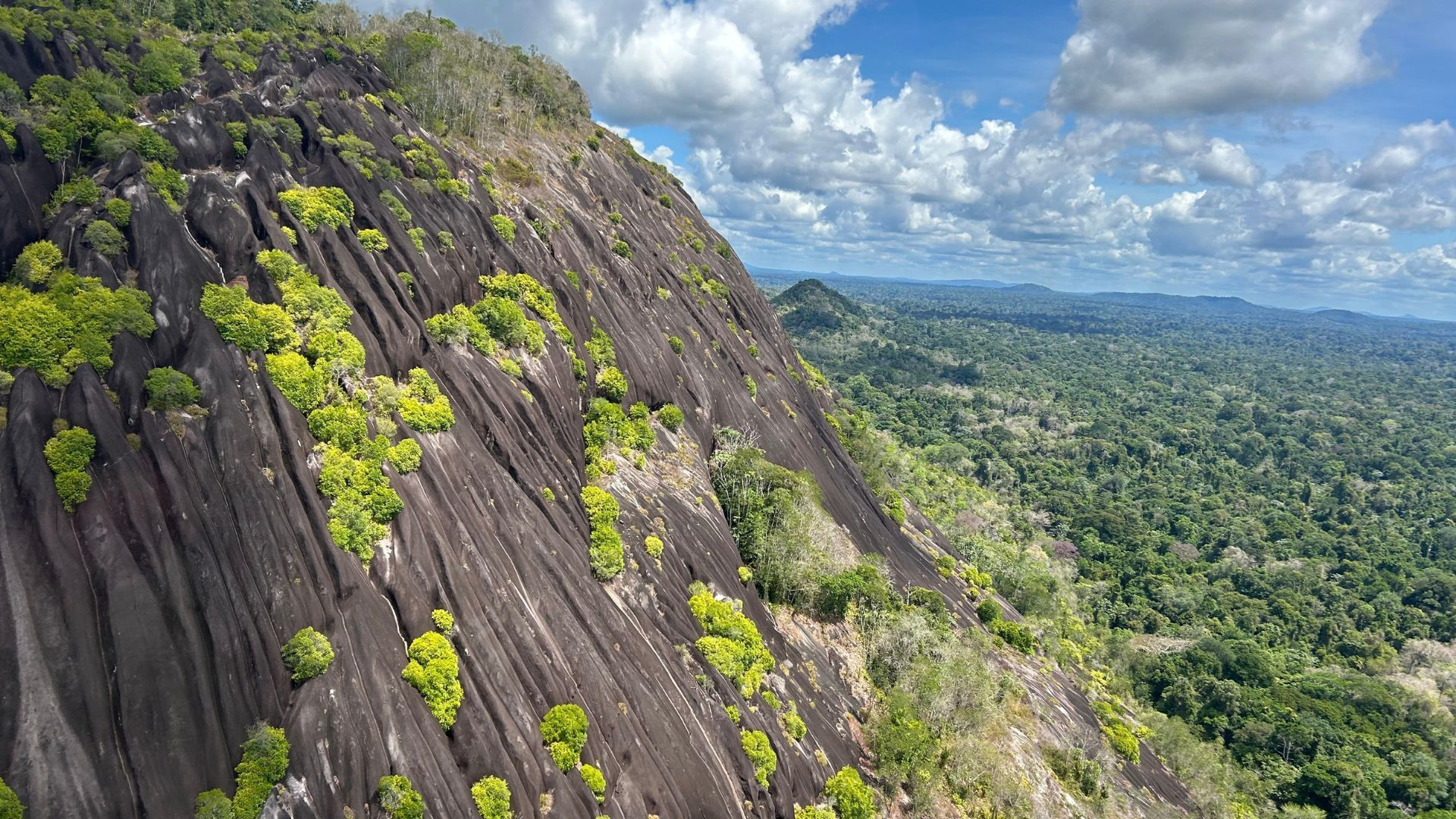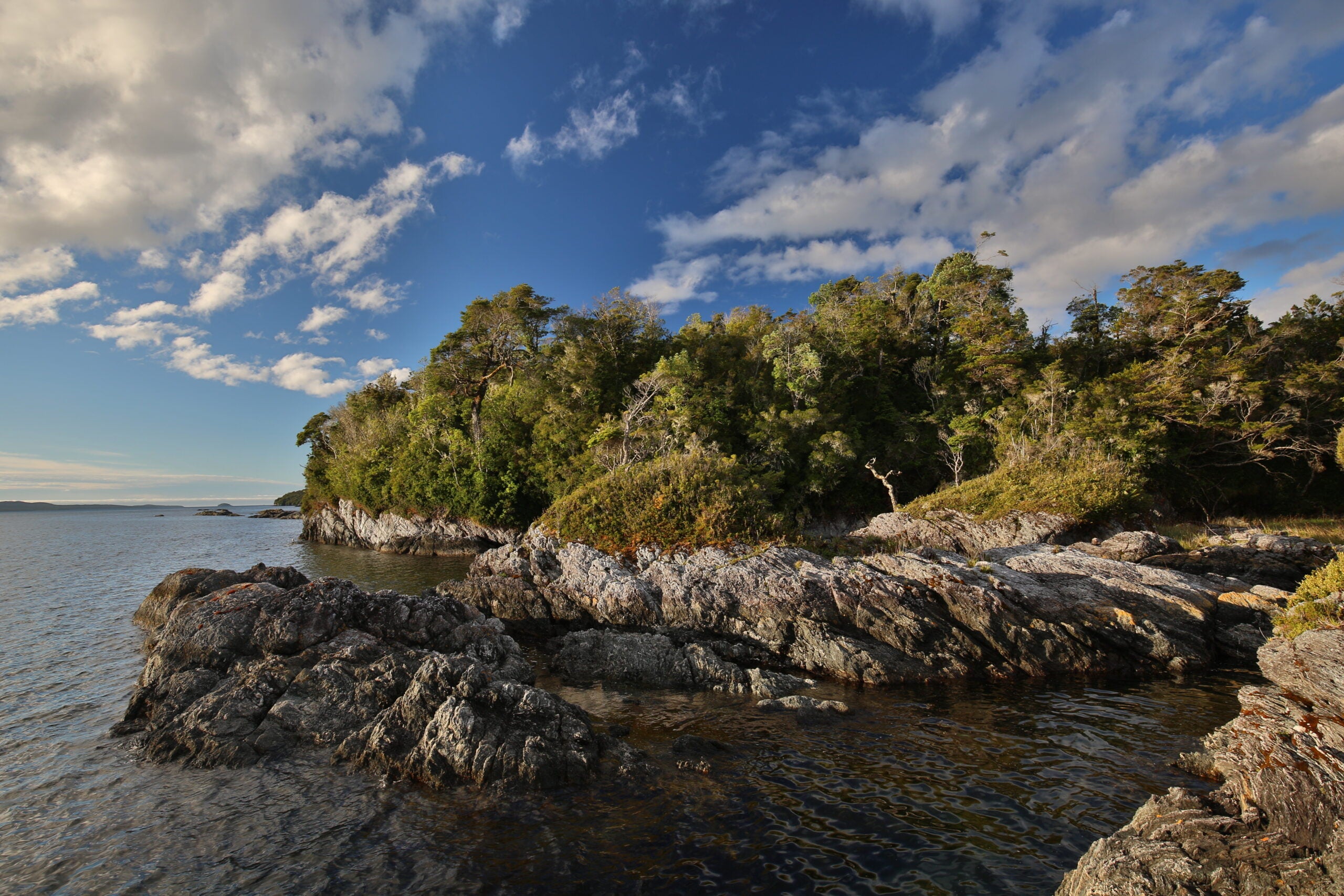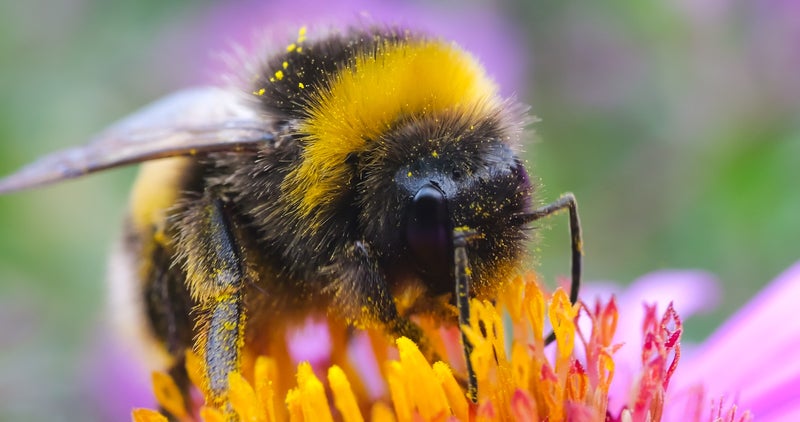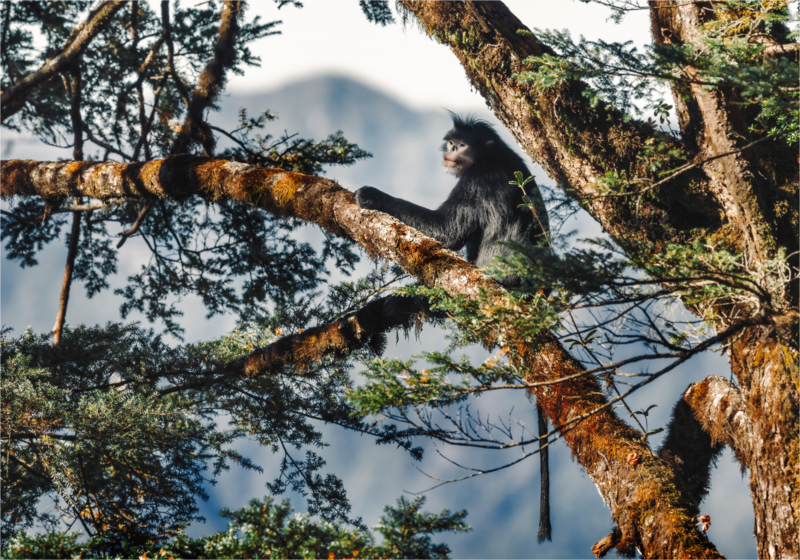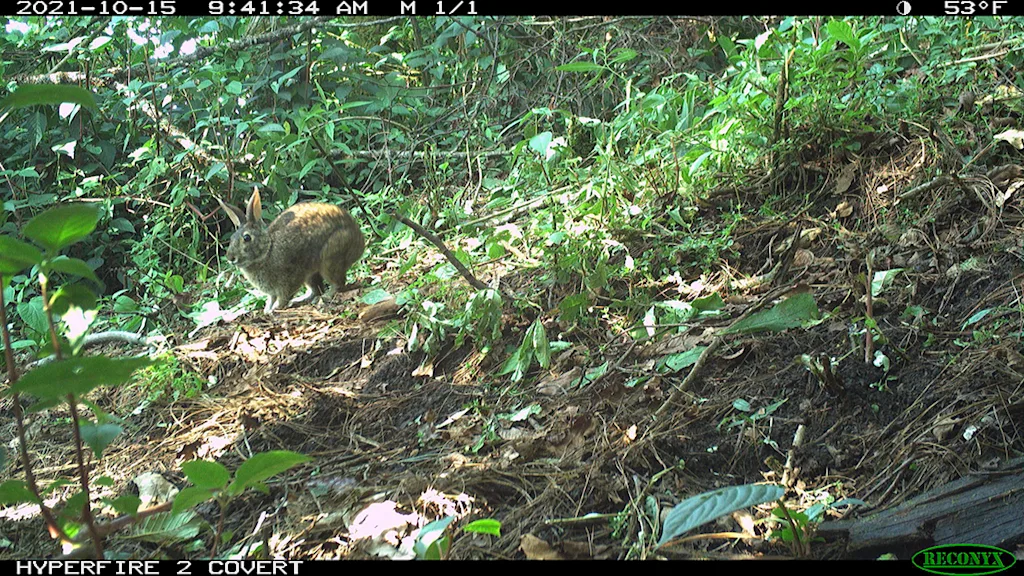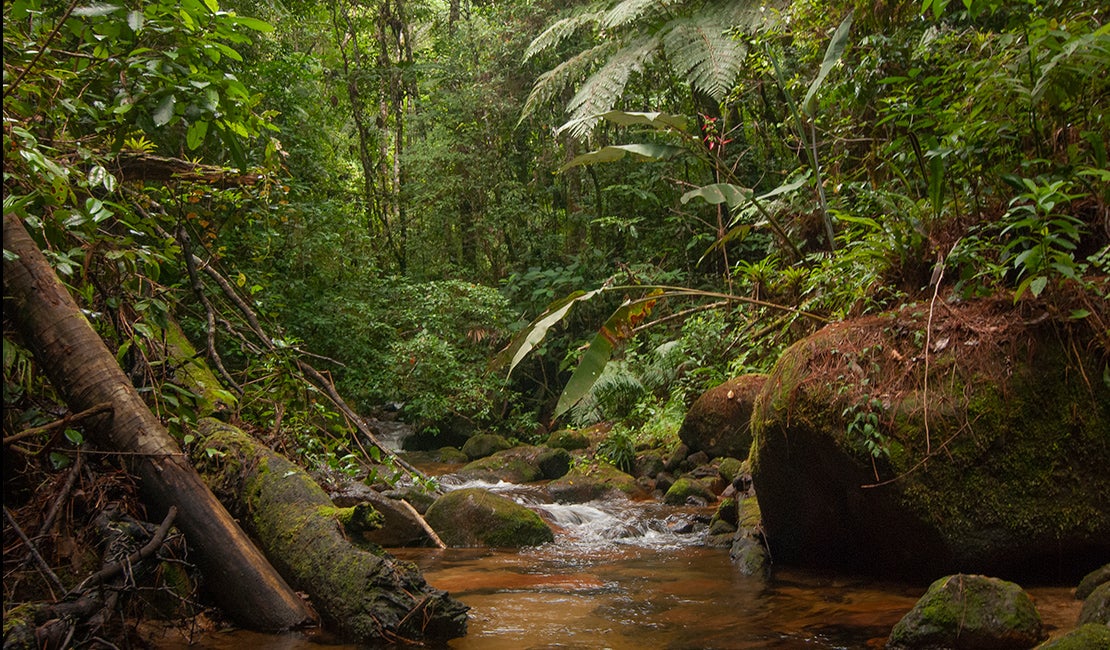Press
Breaking news from Re:wild and our partners.
A lost species rediscovered? A Critically Endangered species returned to its wild home? An ecosystem rewilded? Read about it here.
Want to work with us on a story?
Contact Lindsay Renick Mayer or Devin Murphy at press@rewild.org.
Recent Press Stories
- …


